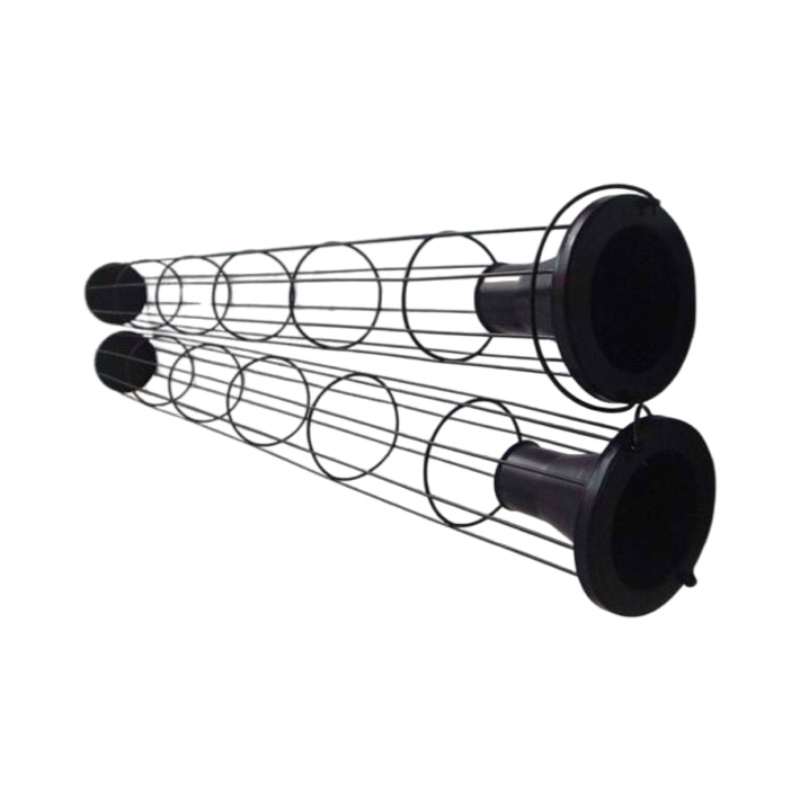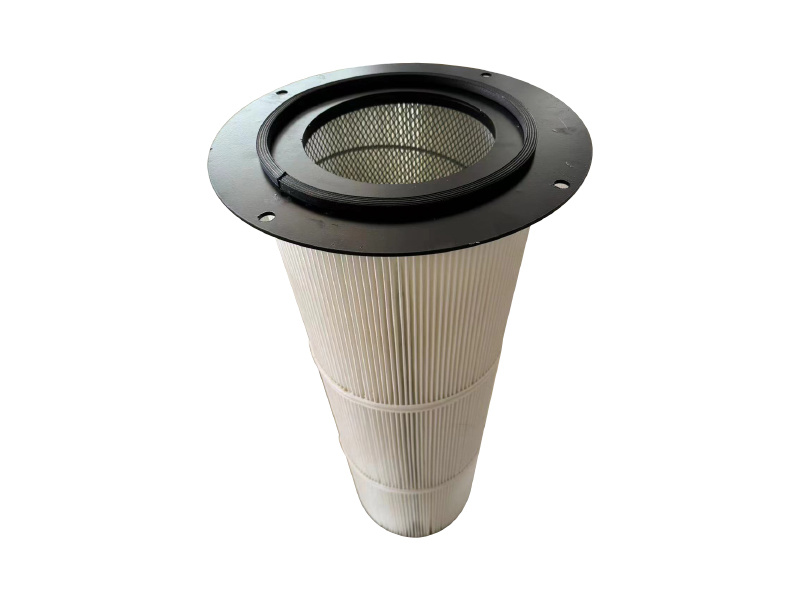


Desulfurization and denitrification refer to the process of removing sulfur oxides and nitrogen oxides from fuels such as coal and oil through chemical or physical methods. These two oxides are one of the main pollutants emitted in industrial production and transportation, causing serious harm to the environment and human health.
Desulfurization and denitrification are important issues in the field of environmental protection, with the aim of reducing the emissions of sulfur dioxide and nitrogen oxides in the atmosphere, thereby reducing the formation of acid rain, improving air quality, and protecting the ecological environment. The desulfurization and denitrification technologies mainly include wet flue gas desulfurization, dry flue gas desulfurization, SCR denitrification, and SNCR denitrification methods.
Wet flue gas desulfurization is achieved by reacting sulfur dioxide in coal-fired fuel gas with alkaline solutions such as calcium hydroxide or sodium hydroxide to form calcium sulfate or sodium sulfate precipitates, thereby achieving the purpose of desulfurization. Dry flue gas desulfurization is achieved by adsorbing sulfur oxides from coal, fuel, and gas onto adsorbents, and then recovering the sulfur oxides through regeneration or treatment. SCR denitrification is the process of using ammonia gas to react with nitrogen oxides in flue gas under the action of a catalyst, generating harmless nitrogen and water vapor. SNCR denitrification is achieved by spraying ammonia or urea solution into high-temperature flue gas, causing a chemical reaction between ammonia and oxynitrides at high temperatures.
The desulfurization and denitrification technology plays a very important role in industrial production and energy utilization. Through desulfurization and denitrification technology, the concentration of sulfur oxides and nitrogen oxides in the atmosphere can be reduced, air pollution and acid rain formation can be minimized, and the atmospheric environment and ecosystem can be protected. In addition, desulfurization and denitrification can improve fuel utilization and cleanliness, reduce energy consumption and greenhouse gas emissions, and promote sustainable development and the development of environmental protection industries.
In summary, desulfurization and denitrification are important technologies for atmospheric environmental governance and energy utilization, with broad application prospects and social benefits. With the increasing awareness of environmental protection and continuous technological progress, it is believed that desulfurization and denitrification technology will be widely applied and promoted in the future, making greater contributions to the construction of a beautiful China and sustainable development.



Desulfurization and denitrification
Classification:
Inquiry
Note: We will contact you within one working day. Please pay attention to your email.












